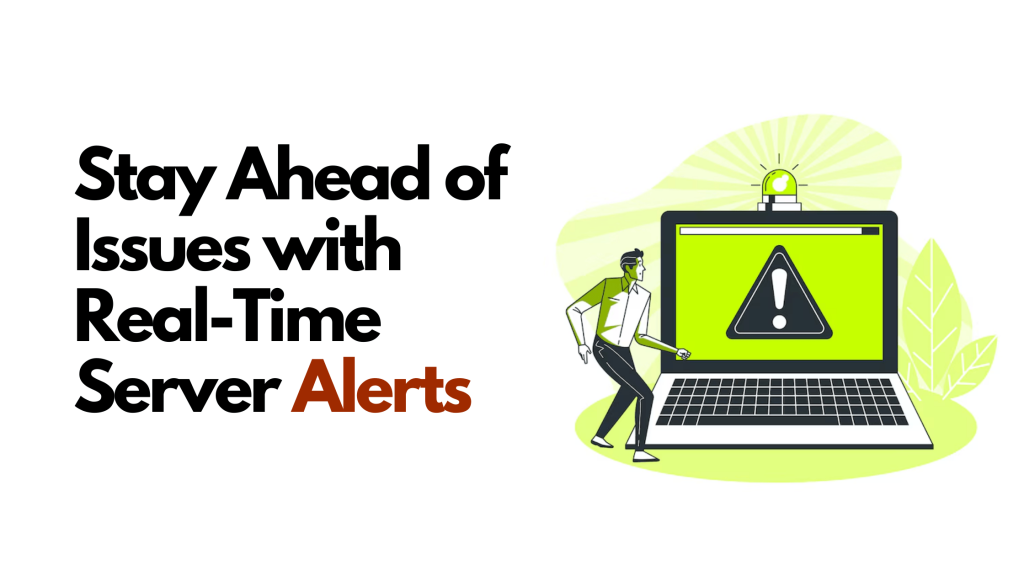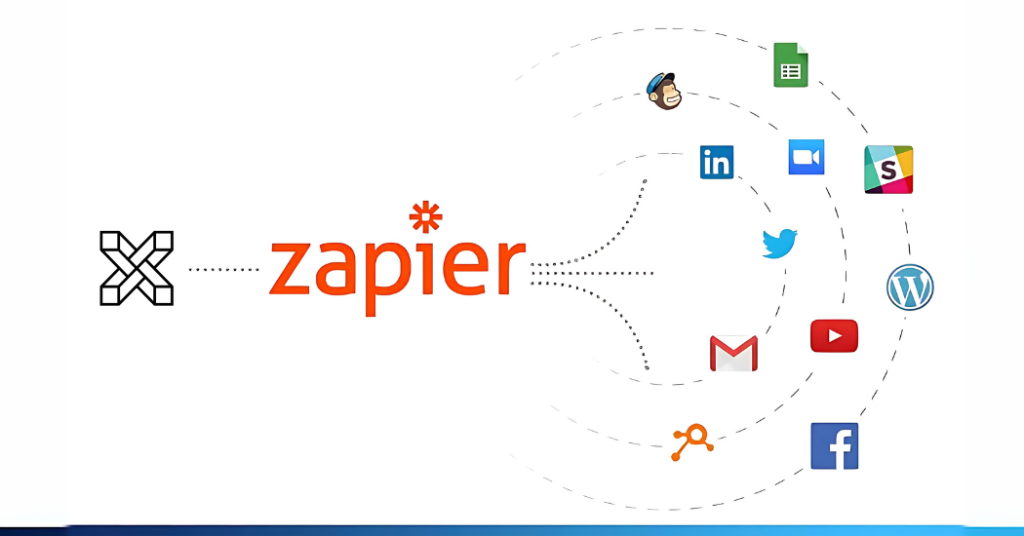Companies in most industries rely on their servers to provide smooth experiences for both customers and employees. Whether it’s processing transactions or hosting applications, server performance is vital to business success. But what if something stops the flow? A single moment of downtime can equal lost business, upset users, and even long-term reputational damage for your company.
This is where real-time server monitoring becomes useful. It is the lifeline of your IT infrastructure, providing you with ongoing monitoring and alerting you to potential issues before they spiral out of control. Think of it as having a never-sleeping guard dog for your systems—always on the watch and ready to act at a moment’s notice.
Real-time monitoring does not constitute just verifying if your servers are running or not. It delves deeper into important statistics such as CPU usage, memory, disk space, and network usage. Keeping a close eye on these, you can predict bottlenecks ahead of time and clear them in advance. Most server problems are caused by easily preventable issues such as overloading of resources or incorrect configurations, which can be easily fixed with the right monitoring software.

